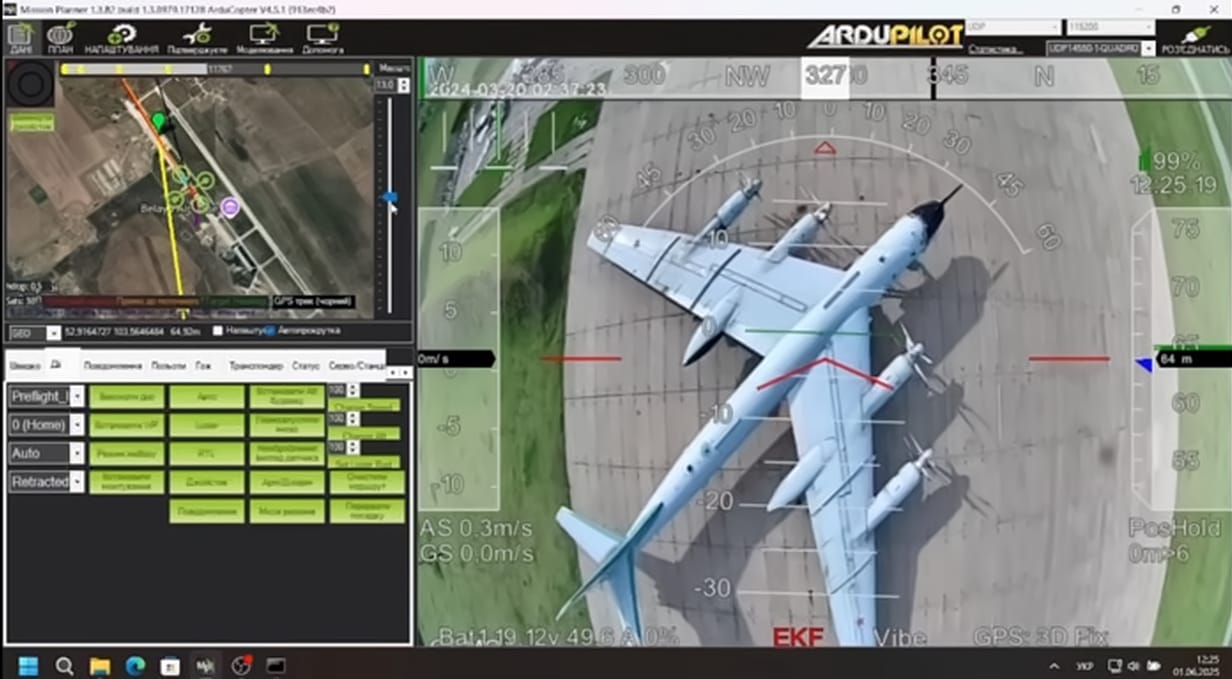Open source software used by hobbyist drones powered an attack that wiped out a third of Russia’s strategic long range bombers on Sunday afternoon, in one of the most daring and technically coordinated attacks in the war.
In broad daylight on Sunday, explosions rocked air bases in Belaya, Olenya, and Ivanovo in Russia, which are hundreds of miles from Ukraine. The Security Services of Ukraine’s (SBU) Operation Spider Web was a coordinated assault on Russian targets it claimed was more than a year in the making, which was carried out using a nearly 20-year-old piece of open source drone autopilot software called ArduPilot.
ArduPilot’s original creators were in awe of the attack. “That's ArduPilot, launched from my basement 18 years ago. Crazy,” Chris Anderson said in a comment on LinkedIn below footage of the attack.
